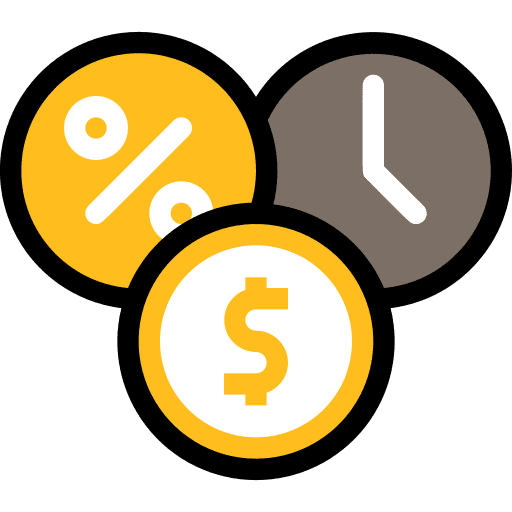
Effective billing is a crucial component for sustainable growth and financial success in the complex landscape of municipal business operations. Understanding and optimizing key performance indicators (KPIs) is paramount to navigating this terrain. In this comprehensive guide, we delve into the intricacies of billing KPIs, shedding light on their significance and how they collectively contribute to your area’s financial health.
Eight Important KPIs To Know
Billing Accuracy Rate
Formula: (Number of accurate bills / Total bills generated) x 100
Achieving precision in billing is the cornerstone of financial stability. Billing Accuracy Rate measures the percentage of error-free invoices compared to the total number generated. Generally, a higher accuracy rate ensures customer satisfaction and prevents revenue leakage.

Timeliness of Billing KPI
Formula: Total time taken to send out bills / Number of billing cycles
Timely billing is essential for maintaining a steady cash flow. This KPI assesses how quickly invoices are generated and sent to customers after a service or product is delivered. Hence, punctuality helps optimize cash flow and reduce the risk of late payments.

Collection Rate
Formula: (Total amount collected / Total amount billed) x 100
The Collection Rate KPI evaluates the efficiency of your collections process. It measures the percentage of outstanding payments successfully collected within a specific time frame. Above all a high collection rate indicates a robust credit control system and effective follow-up procedures.

Accounts Receivable Aging
Formula: Average age of outstanding bills
Understanding the age of your receivables is critical for financial planning. This KPI categorizes outstanding invoices based on age, providing insights into payment trends. Most importantly, monitoring Accounts Receivable Aging aids in identifying potential cash flow issues and implementing targeted collection strategies.

Percentage of Late Payments
Formula: (Number of late payments / Total number of payments received) x 100
Late payments can disrupt your financial stability. This KPI calculates the percentage of payments received after the due date. You can implement preventive measures by tracking late payments, such as offering discounts for early payments or refining credit terms.

Rate of Disputed Bills
Formula: (Number of disputed bills / Total bills generated) x 100
Disputed bills can strain customer relationships and hinder cash flow. This KPI gauges the frequency of disputed invoices, helping you identify areas for improvement in clarity, communication, and dispute resolution processes.

Cost of Billing per Customer
Formula: Total cost of billing / Total number of customers (residents)
Efficiency is a key process. The Cost of Billing per Customer KPI assesses the resources expended per customer invoice. Above all else monitoring this metric helps identify cost-effective practices, contributing to overall operational efficiency.

Efficiency in Handling Billing Inquiries
Formula: Total time taken to resolve inquiries / Number of inquiries
Customer satisfaction is closely linked to how efficiently billing inquiries are addressed. This KPI evaluates the time and resources spent on resolving billing-related issues. It is important to realize that streamlining the resolution process enhances customer satisfaction and reduces operational costs.

Conclusion:
In conclusion, mastering billing KPIs is a strategic imperative for organizations aiming to achieve financial health and stability. Businesses and/or municipalities can optimize their processes and foster a resilient financial foundation by meticulously monitoring the abovementioned metrics. In conclusion, embrace these KPIs as guiding beacons on your journey to financial excellence.
Read More: PAMS
